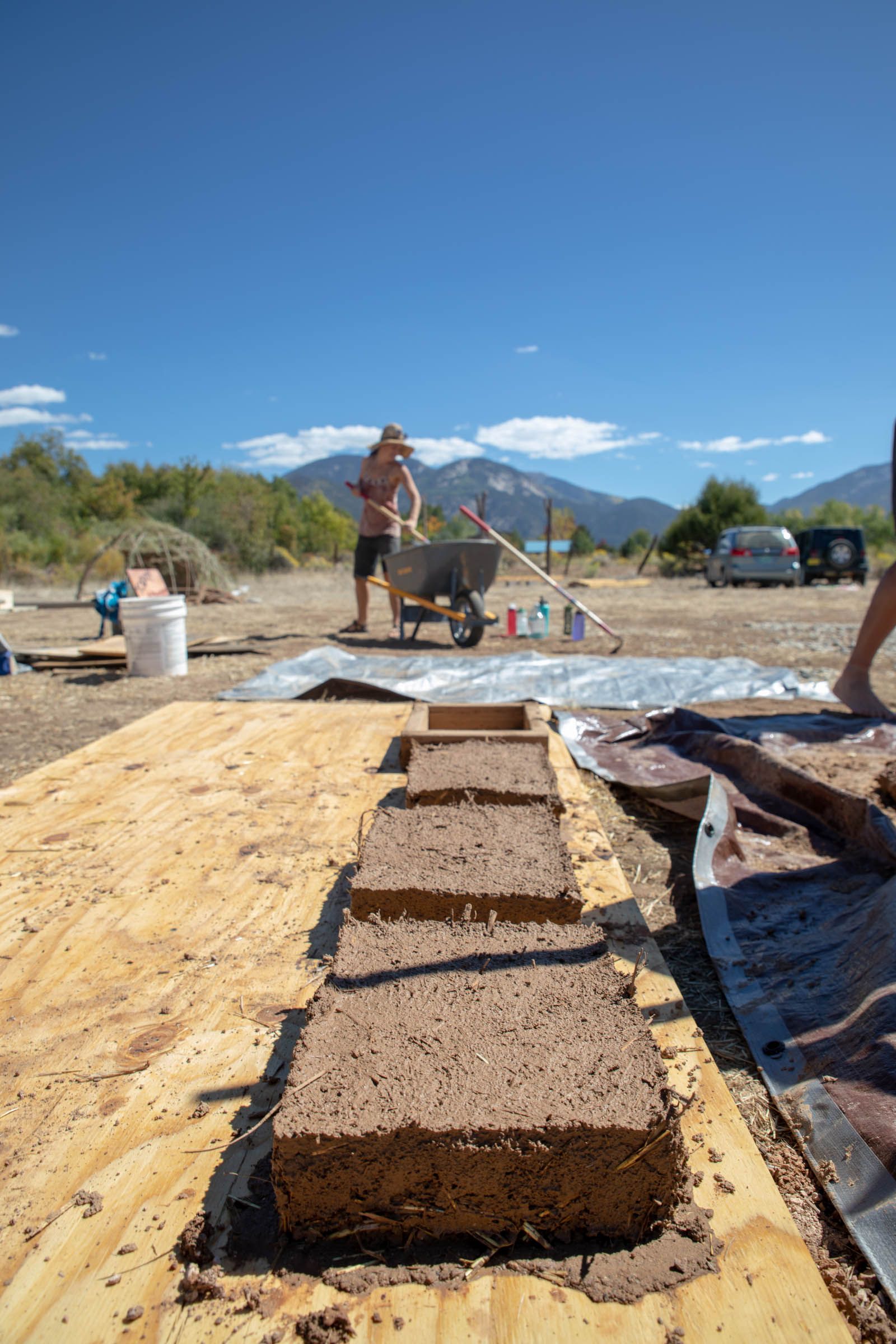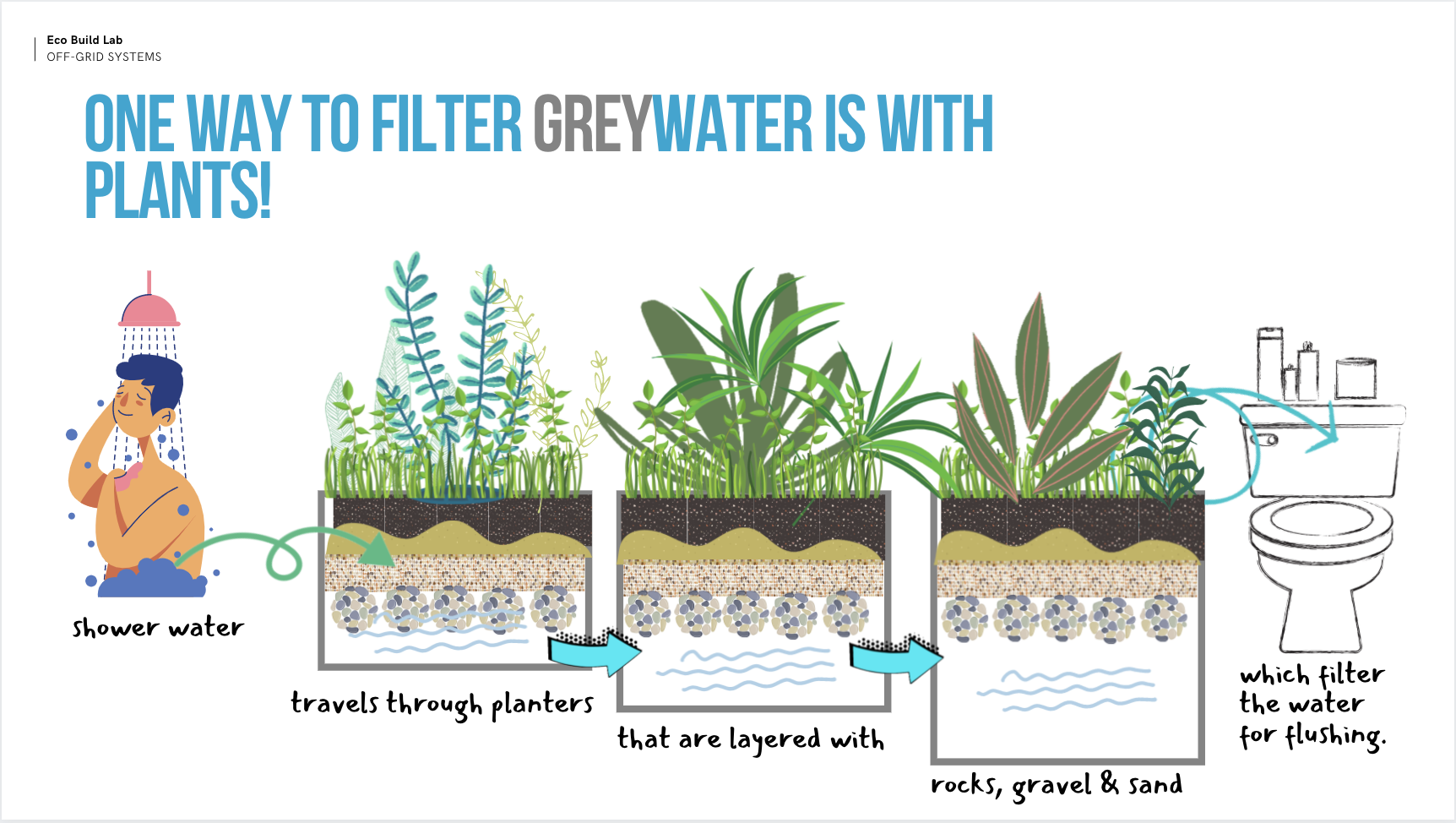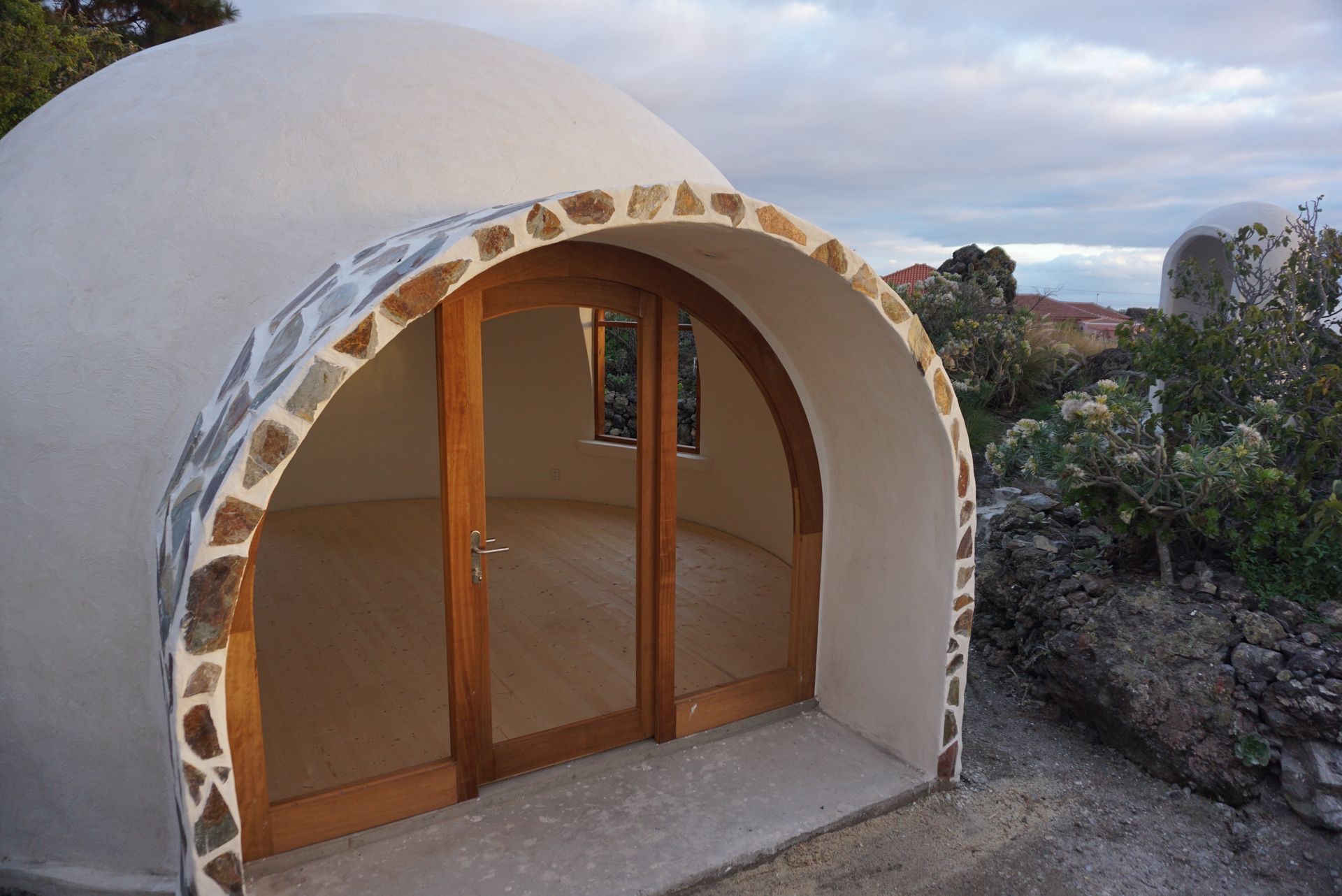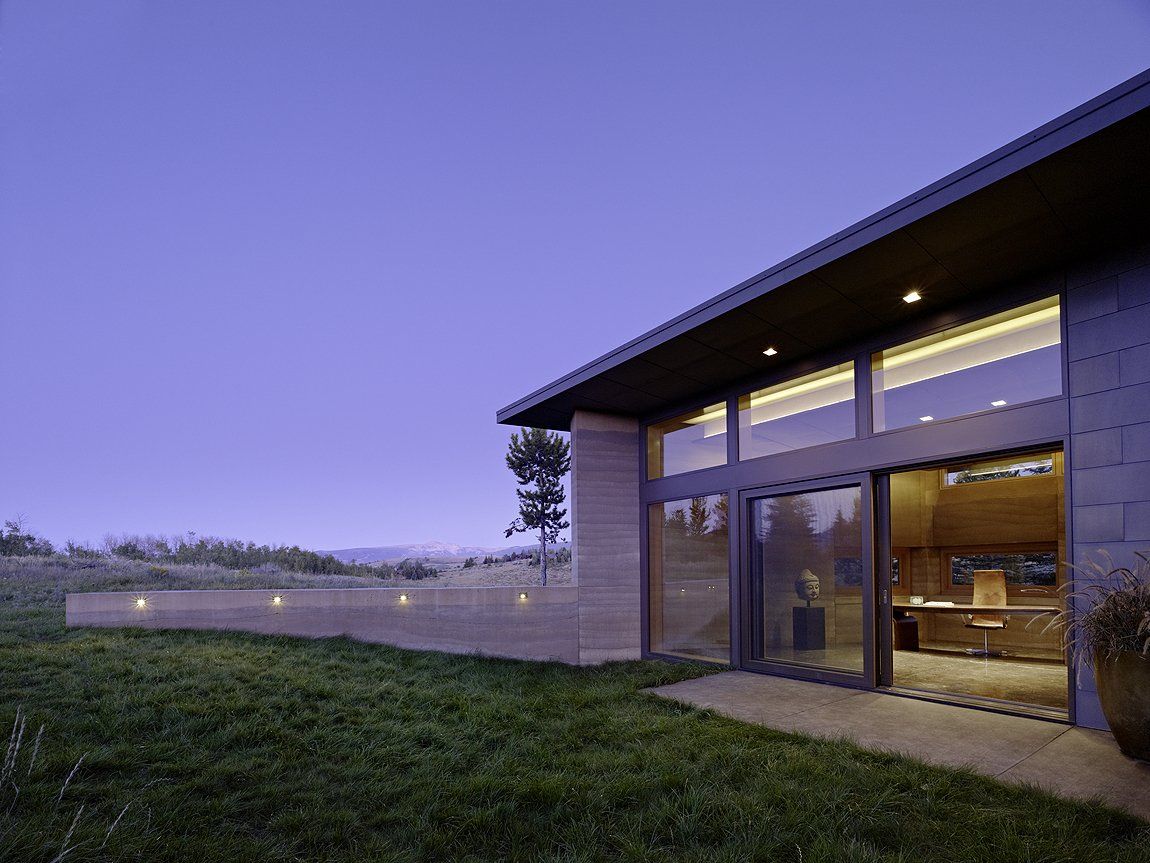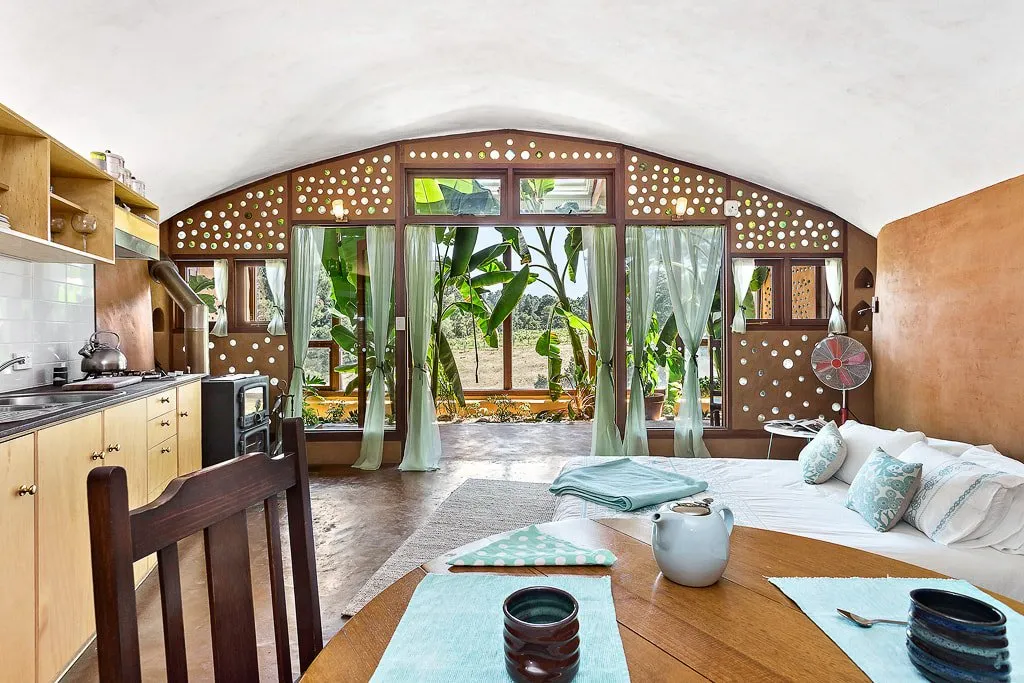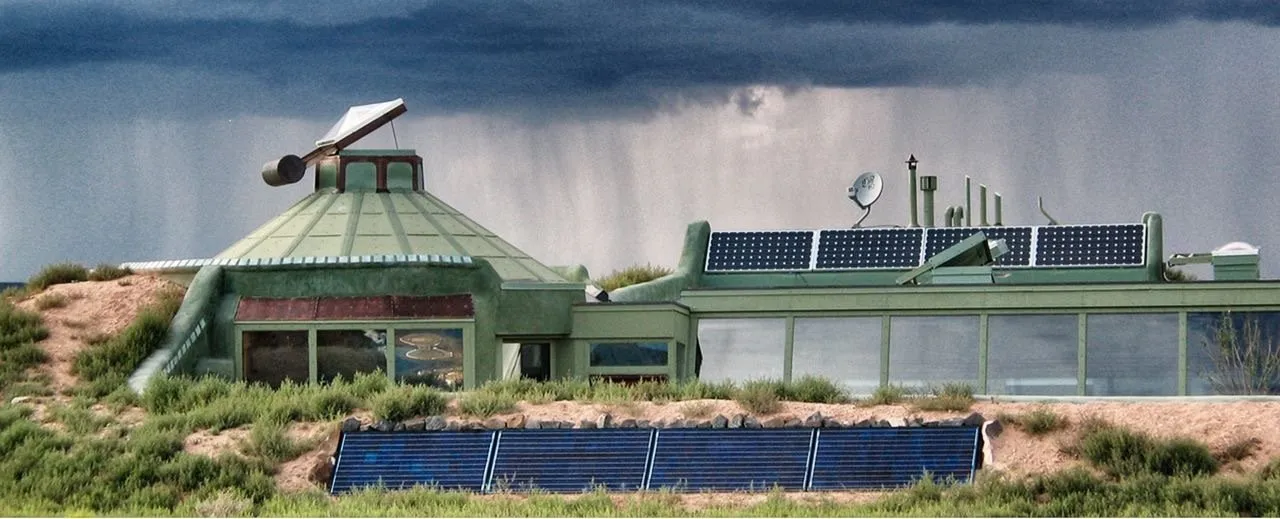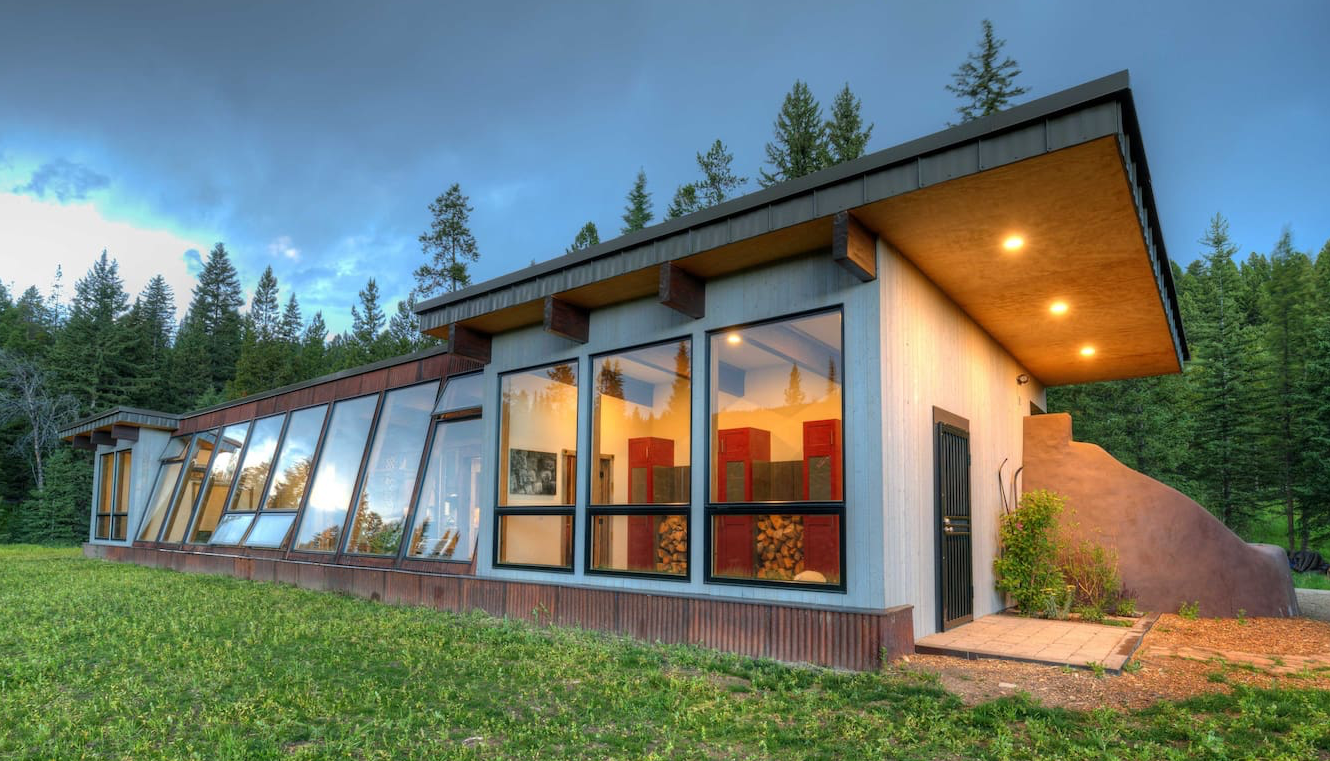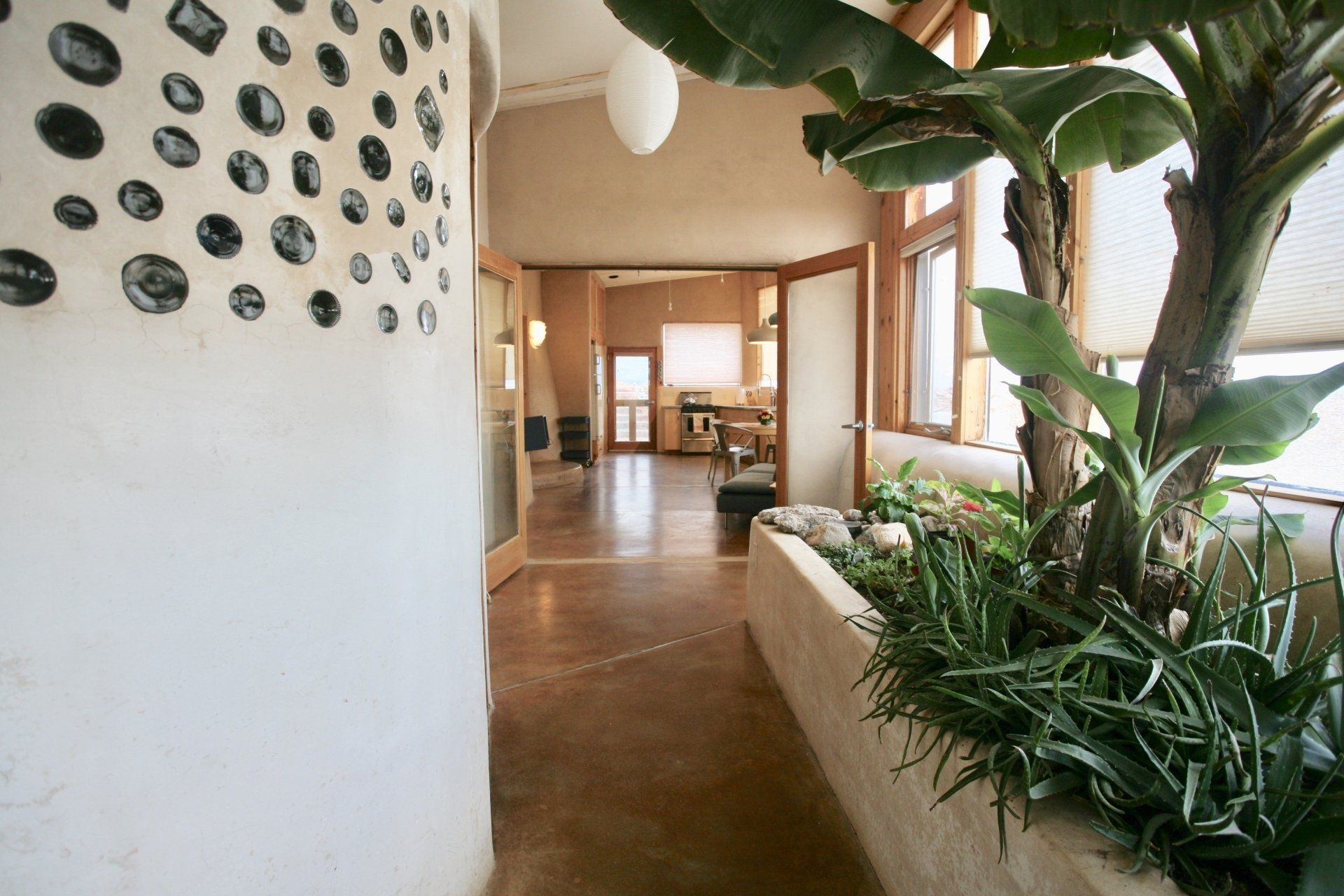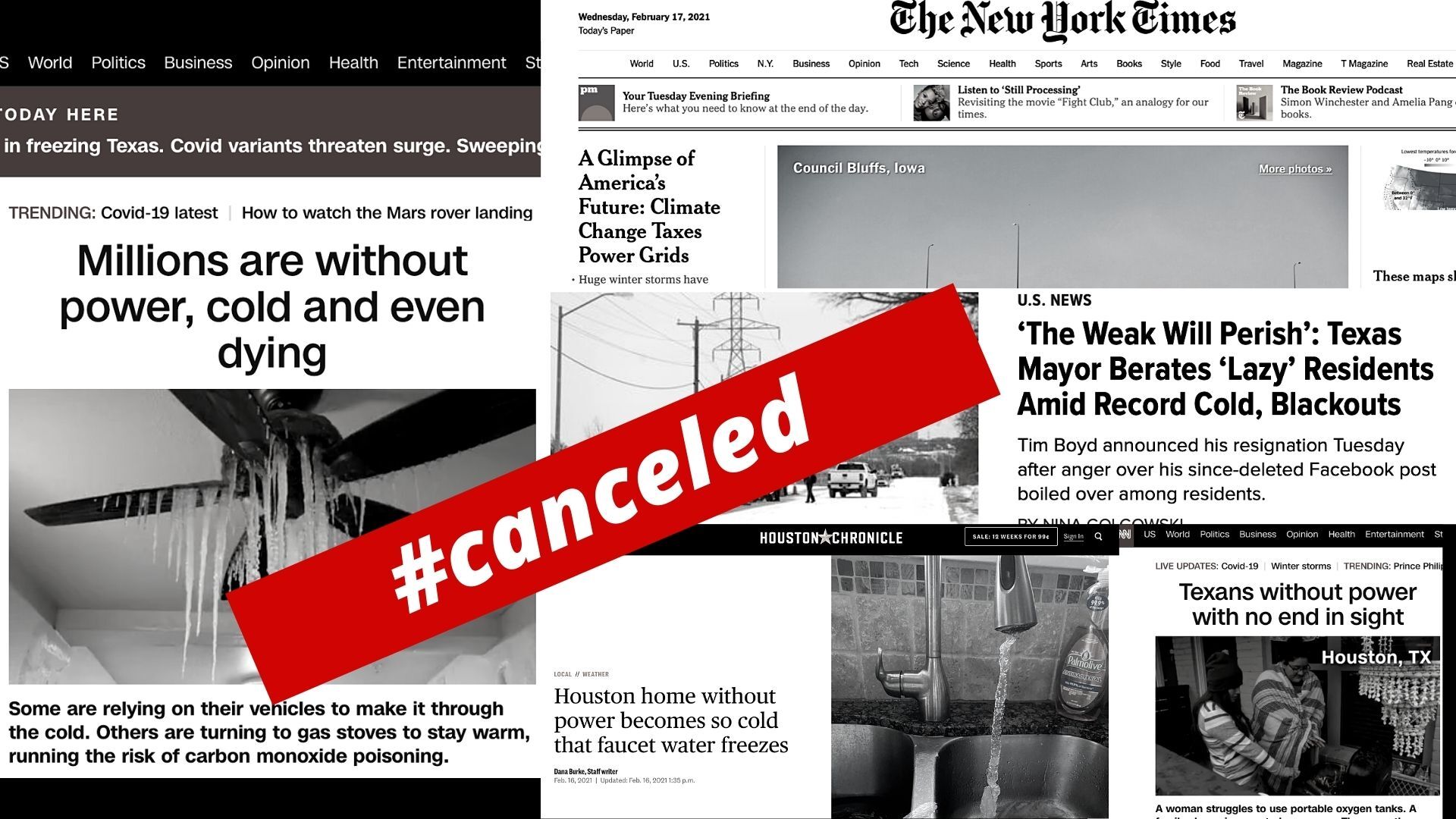5 Tips for Lowering the Cost of Your Off-Grid Build
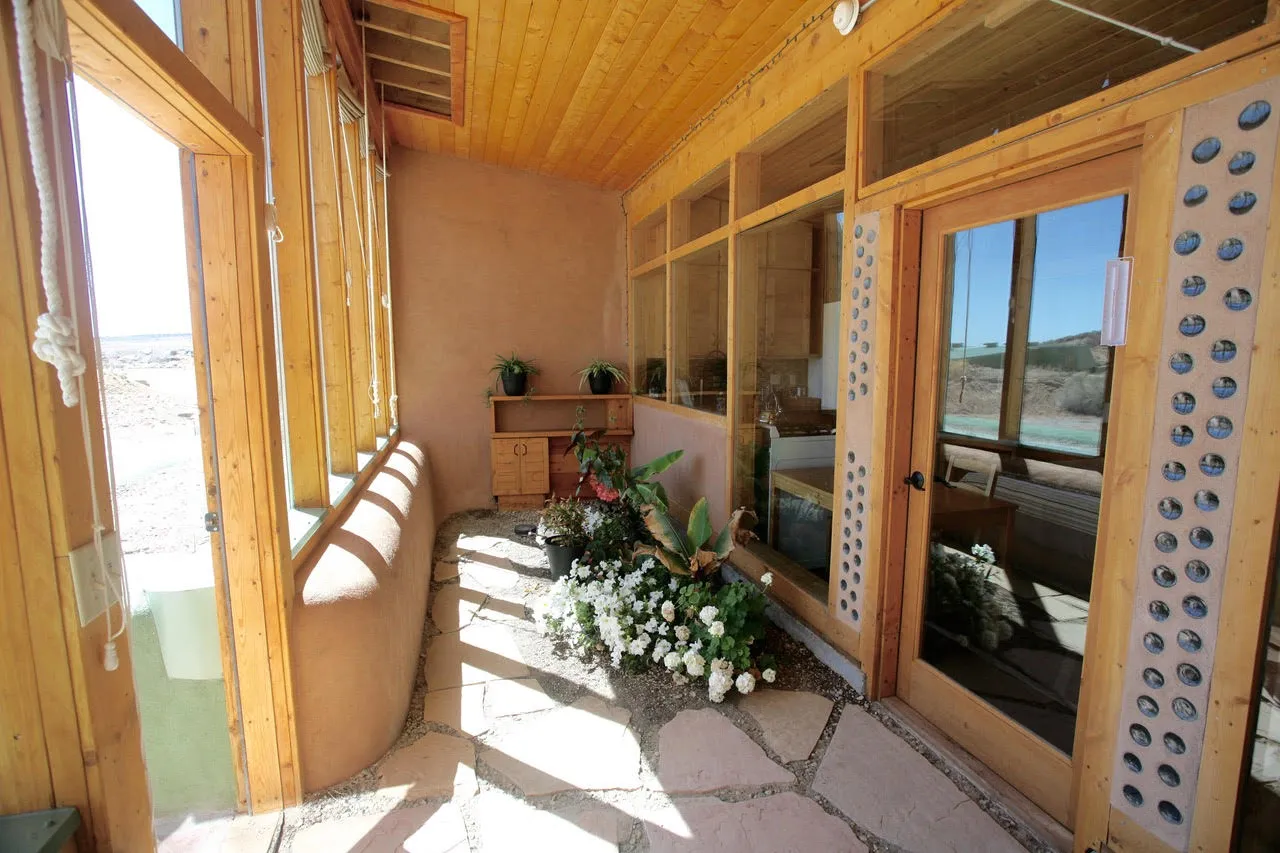
While the majority of the world lives off-the-grid by default due to lack of access to electricity, water and sanitation, there is a preconception that modern off-grid living is only for the wealthy and we are starting to see more examples of expensive off-grid homes that are out of reach for most people. Part of our mission as Eco Build Lab is to help make off-grid living more affordable and available to everyone. A few ways you can do that are:
1. Assess your wants vs. your needs. We all need shelter from the elements, comfortable temperature, clean water, food, and safe sanitation to survive. And though it is possible to live without electricity, as much of the world does, we think that electricity falls in the category of need as it does so much to improve quality of life. While there are many things you may want, no one needs stainless steel appliances or granite countertops to survive. Make a list of your needs and a separate list of your wants. Come up with a plan to address your needs first. Living off-the-grid fits well with the ethos of a living simpler life with fewer things. If you are able to downsize your possessions, pare down your wants and look at how to provide for your needs, you may realize that you can live in a more modest, less expensive home yet still be comfortable.
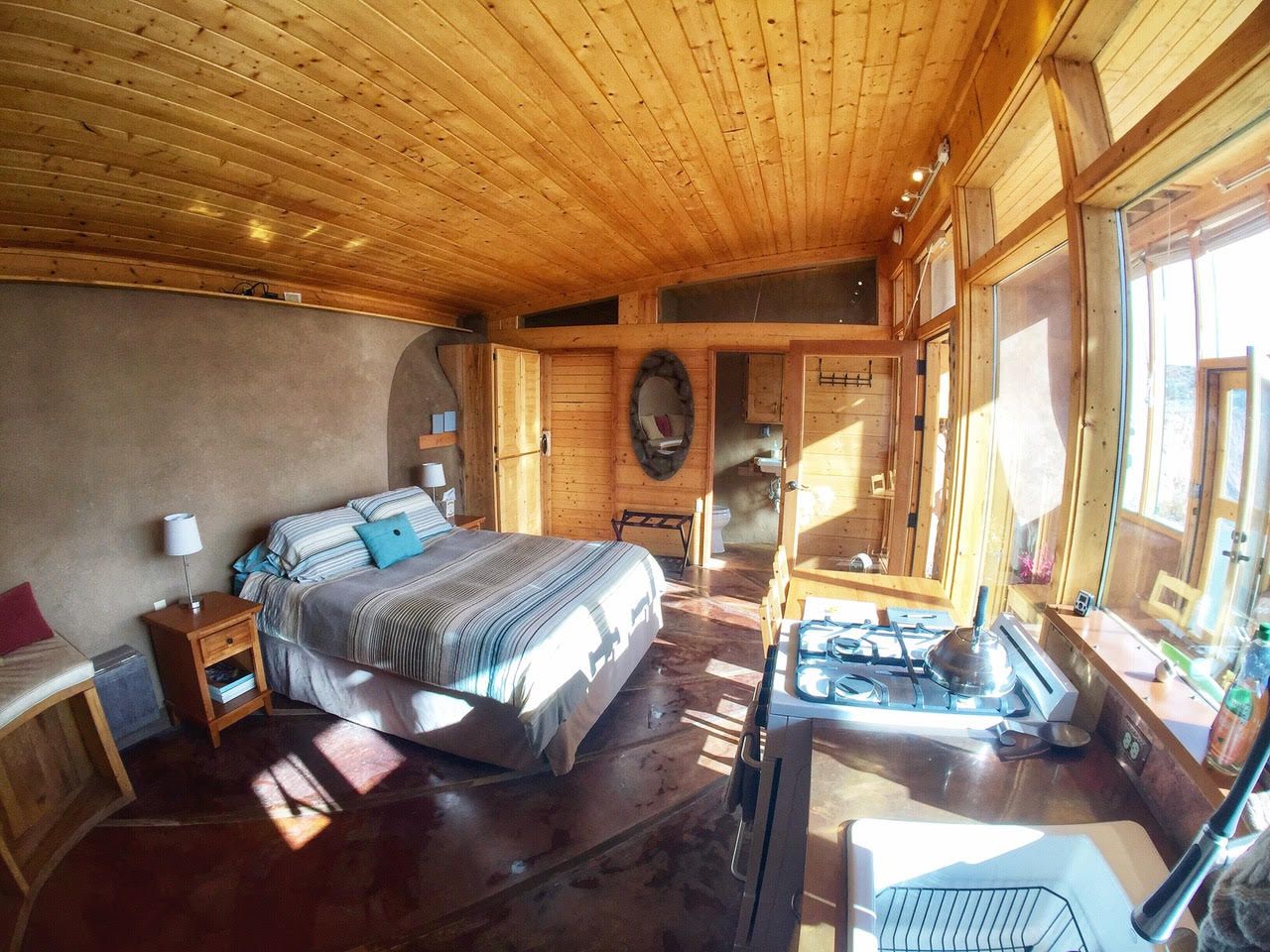
2. Start small. If you are an individual, could you live in a small but well-designed off-grid tiny house? If you are a couple, or a small family, ask yourself if it would be possible to live in a small studio or one-bedroom home if it meant it was more affordable and you could add on to it in the future as time and money allow? Starting small is less expensive and less resource-intensive. It also takes a lot less time!
3. Build it yourself. If you have the itch to build your own home, there are fewer things more rewarding than building your own OFF-GRID home. You can save on labor expenses if you do it yourself. You can also spend extra time looking for free, inexpensive or repurposed materials to incorporate in your home. You can be your own project manager, ordering materials, scheduling subcontractors, organizing your jobsite. BUT there’s a whole world of considerations before you start on this path. Sign up for our newsletter and keep an eye for our soon-to-be-launching podcast for future posts and advice about the off-grid owner/builder experience.
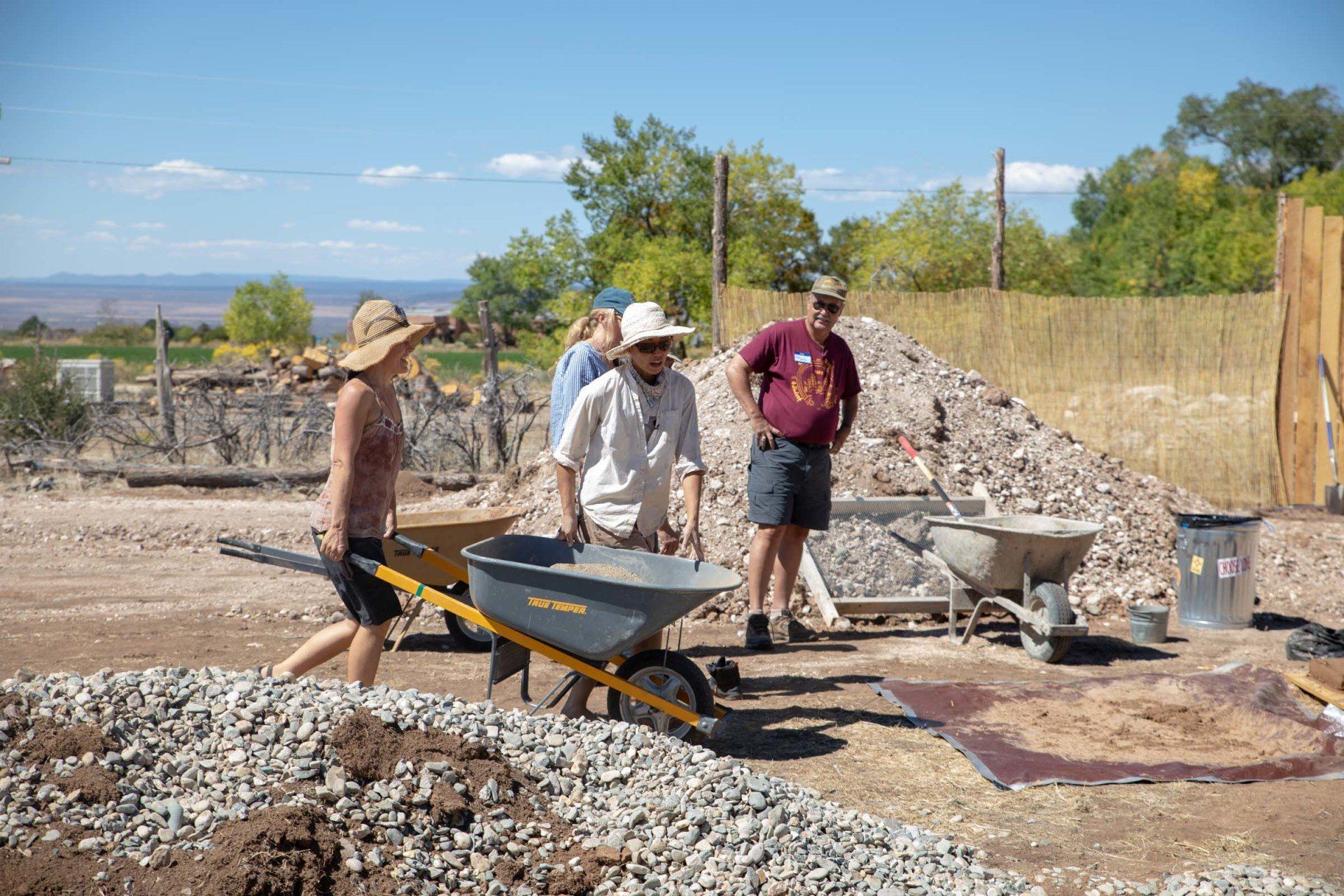
4.Learn as much as you can first. We can’t tell you how many failed/unfinished off-grid house projects we’ve seen due to the owners rushing in, all inspired, without a realistic idea about what they were getting themselves into. It’s easy to underestimate the amount of time things take to build, especially if you are new to construction. It’s also easy to look at your budget with rose-colored glasses, even when you are paying someone else to build the house for you. Building is expensive, especially these days. Wishing that your budget is going to get you the finished house of your dreams is not enough. It’s also important to understand the interrelated nature of off-grid power, water, and wastewater treatment systems. Please don’t rush out and start pounding tires, or ramming earth, or stacking straw bales, without having a comprehensive plan for your off-grid systems in place!
5. Help others. A great way to learn is attending a natural building workshop or jumping in to volunteer on a project. If you have a friend, family member, or acquaintance who is also building an off-grid home, offer to lend them a hand. Sweat-equity can be accumulated with a work trade. You help someone, they help you. Start banking work trade hours before you even start your house. You can learn so much in the process and the energy created by teaming up is super motivating!
WWOOFING is also a great way to travel around the world, discover possible places you would like to live all while learning more about farming!
Have you already built your own off-grid home and have more tips to share?
We’d love to hear from you!
SUBSCRIBE
